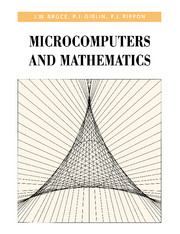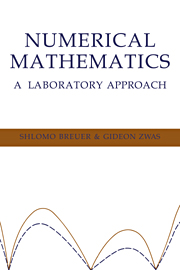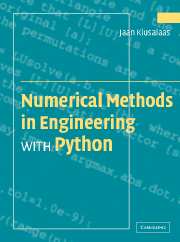Modules, Procedures, and Types
Use detailed names for data objects whose scope is global, less detailed names for those whose scope is a module, and simple but clear names for those whose scope is a single procedure.
Symbolic names are used in many places. At the outermost level are the names of modules, the main program, and external procedure program units. Within the confines of a program unit are derived-type definitions, named constants, and variables. In addition, there are also internal procedures and interface blocks.
Within individual procedures, there are statement labels for control flow and I/O purposes.
Generally, the more global the name, the longer and more descriptive it should be. And, likewise, the more limited the scope of a name is, the shorter it should be. For example, a module name should indicate the use of the definitions and related procedures it contains, for example: Triangular_solver_mod, whereas a simple loop index variable may be called i or j.
Name user-written procedures using verbs.
Almost all procedures perform some task. Name them using one or more verbs that succinctly describe the operation carried out. If appropriate, follow each verb with a specific noun that describes the object being used. This method is especially useful when you name functions; it aids in distinguishing them from arrays. (See also Rules 7.2 and 16.)







